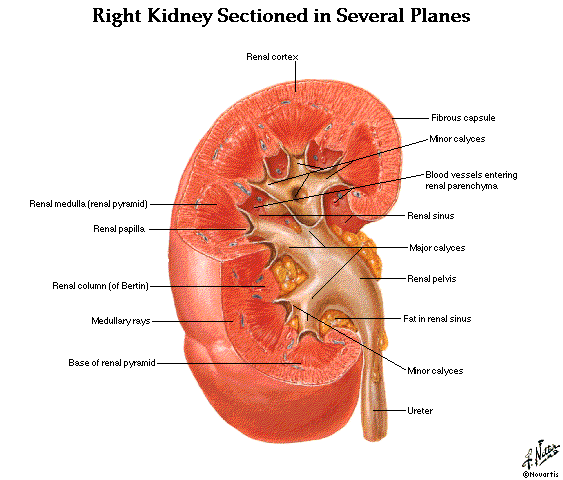Kidney Diseases

Common Diseases of the Kidney
Diabetes, lupus, hypertension, liver disease, brights disease, glomerulonephritis
Nutrients for Kidney Disease
Calcium – helps body use all minerals in synergy
Magnesium – see calcium
L – Arginine – aids kidneys
L-Methionine – helps circulation within kidneys
Multi-enzyme complex – aids digestion
Potassium – stimulates kidney function
Vitamins for Kidney Disease
Vitamin A – helps healing process of urinary tract lining
Vitamin B complex – helps fluid metabolism
Vitamin C – boosts immunity and elevates urine acidity
Vitamin E – elevates immune system
Zinc – immunostimulant
Herbs for Kidney Disease
Buchu Tea
Dandelion Root (pu gong ying) – aids kidney excretion function of waste
Cranberry – acidifies urine and kills bacteria
Celery and Parsley – diuretic (decreases uric acid)
Hydrangea – natural diuretic – cleanses urinary tract
Uva Ursi – natural diuretic – cleanses urinary tract – germicidal
Marshmallow Tea – cleanses kidneys
Goldenrod tea, juniper berries, stinging nettle, parsley, red clover, watermelon seed tea are all good for kidney disease.
